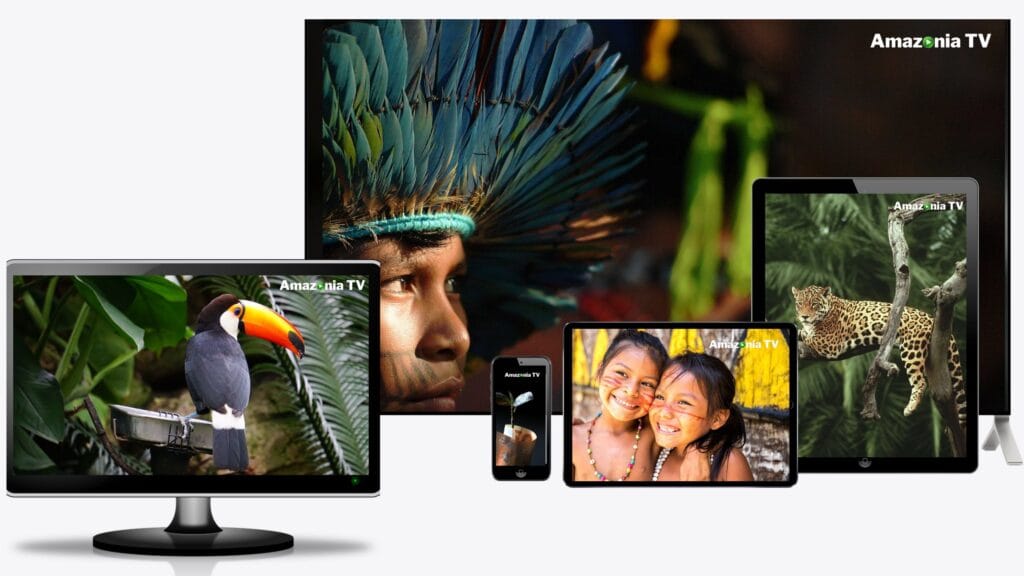NEWS
10 Amazon Rainforest Deforestation Facts to Know About
Deforestation in the Amazon
– Making up half of the planet’s remaining tropical forests, the Amazon rainforest is also one of the most biologically diverse ecosystems and is home to about three million species of plants and animals, as well as one million indigenous people. But deforestation is threatening the health and future of this important rainforest, not to mention the wildlife and services that it supports.
Cupulate
Cupuaçu belongs to the same genus as cocoa
Cupulate: the chocolate 'cousin' challenge
The bar breaks easily between the fingers, without that crackling we hear when we break a bar of chocolate. In the mouth, the pieces dissolve more quickly, and their texture is incredibly velvety. The appearance, aroma, and taste are reminiscent of chocolate, but light citrus, almond, and woody notes, and a distinct, indefinable taste confuse the palate.
We’re talking about cupulate, a “cousin” of chocolate that doesn’t contain cocoa. It is made with the seed of the Amazonian cupuaçu fruit (Theobroma grandiflorum, in the scientific nomenclature), which belongs to the same genus as cocoa (Theobroma cacao).
A tip for the reader: cupulate should not be confused with chocolates made from cocoa and cupuaçu sold a few decades ago in supermarkets throughout Brazil.
The legitimate cupulate is a product that many Brazilians are still unaware of, but which, in the opinion of researchers, can play an important role in the development of the forest and contribute to Brazil’s economy. For that, they say, he needs to overcome a challenge: to find an identity of his own, far from his famous and successful cousin.
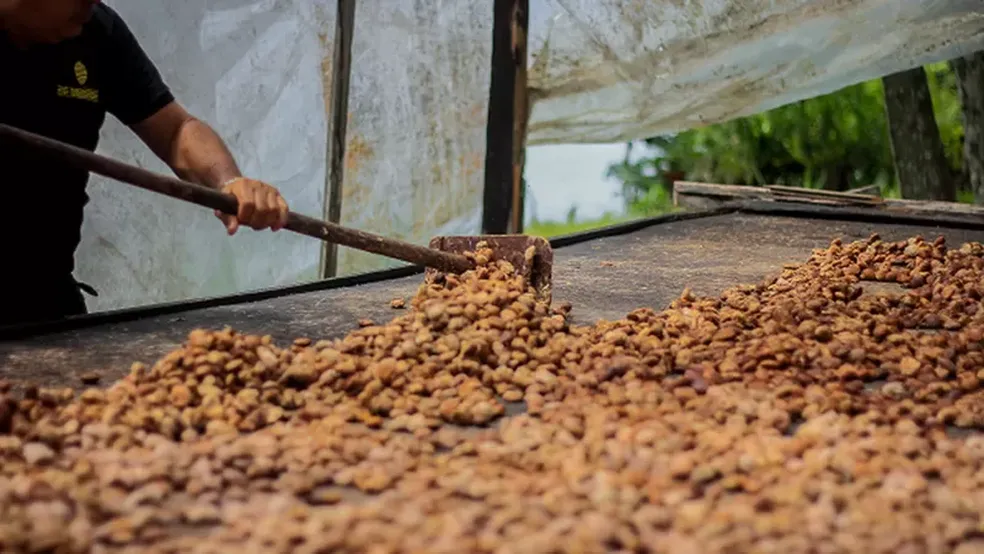
Cupuaçu drying procedure for the production of cupulate — Photo: Mateus Mendes
What is cupulate?
Two cupulate brands stand out in Brazil today. The Amazonian De Mendes, who developed her cupulate from a traditional recipe used by women from an agro-extractive community in Pará. And Amma, from Bahia, who was a pioneer and has been selling her organic cupulate for almost a decade.
Both entered the market initially offering artisanal chocolates made with fine cocoa, of the highest quality.
Amma’s owner, Diego Badaró, 41, belongs to the fifth generation of a family of cocoa farmers who, in 1989, had their crops devastated by a fungus. He restored the health of the plantations following the practices of the Swiss Ernst Gotsch, an expert in the regeneration of degraded lands. And he started selling his line of fine chocolates.
One day, he fell in love with cupuaçu. “I went to visit a cupuaçu farm, saw the beans and was very interested, curious”, says Badaró in an interview with BBC News Brasil.
The cupuaçu tree, the cupuaçuzeiro, can reach 15 meters in height. Its fruit can reach 25 cm in length and between 10 and 13 cm in diameter. Rich in vitamin C, B vitamins, and mineral salts, cupuaçu is highly appreciated by the Amazonians, who consume it in the most varied forms, such as juices, creams, ice cream, liqueurs, and jellies.
Its popularity outside the Amazon, however, contrasts sharply with that of two other fruits native to the forest – cocoa, a consecrated star, and açaí (Euterpe oleracea Mart), on a meteoric rise.
Badaró says that he decided to do an experiment: using the seeds of the fruit to create a food analogous to chocolate. “I decided to ferment the beans and dry them, as we do with cocoa. It wasn’t very interesting”, he recalls. But he insisted.
“I decided to test it again, already with a factory in Salvador. And I realized that the cupuaçu fermentation took longer. It’s the same process, only it takes longer than that of cocoa.”
A cupulate bar shouldn’t keep anyone awake at night. It does not contain caffeine or theobromine, natural stimulants present in chocolate. And its creamy texture is due to the composition of the fruit’s seed, explains Badaró.
“The cocoa bean has 50% solids and 50% oil. The cupuaçu bean is 80% oil, and it has few solids, so it gives that texture. It’s incredible, isn’t it?”, he comments.
Amma’s and De Mendes’ cupulates are semi-sweet, that is, they contain only cupuaçu seeds and brown sugar.
Texto publicado originalmente em
https://www.bbc.com/portuguese/brasil-62665457
World Population Hits 8 Billion: Now What?

Just as world leaders are discussing ways to stop global warming at COP27 in Egypt, the world's population has officially passed the 8 billion mark. What does this mean for our planet and what can we do as individuals to mitigate the catastrophic impact that population growth has on the environment and our lives?

What can I do?
Source: earth.org
The World’s Most Endangered Animals in 2022
Hundreds of thousands of animals around the world are threatened by human action and climate change and are in need of protection and conservation efforts. From the Amur leopard and the orangutan to rhinos and vaquitas, here is a list of the top 10 most endangered animals in the world in 2022, according to WWF.
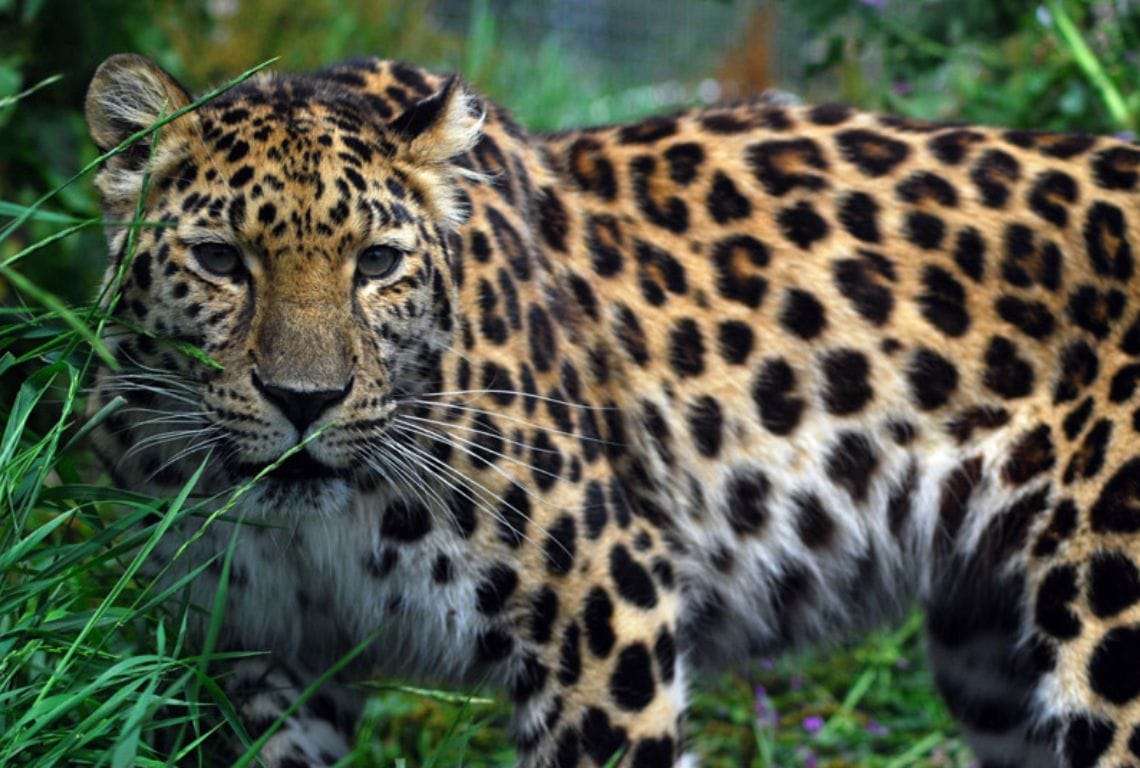
Amur Leopard
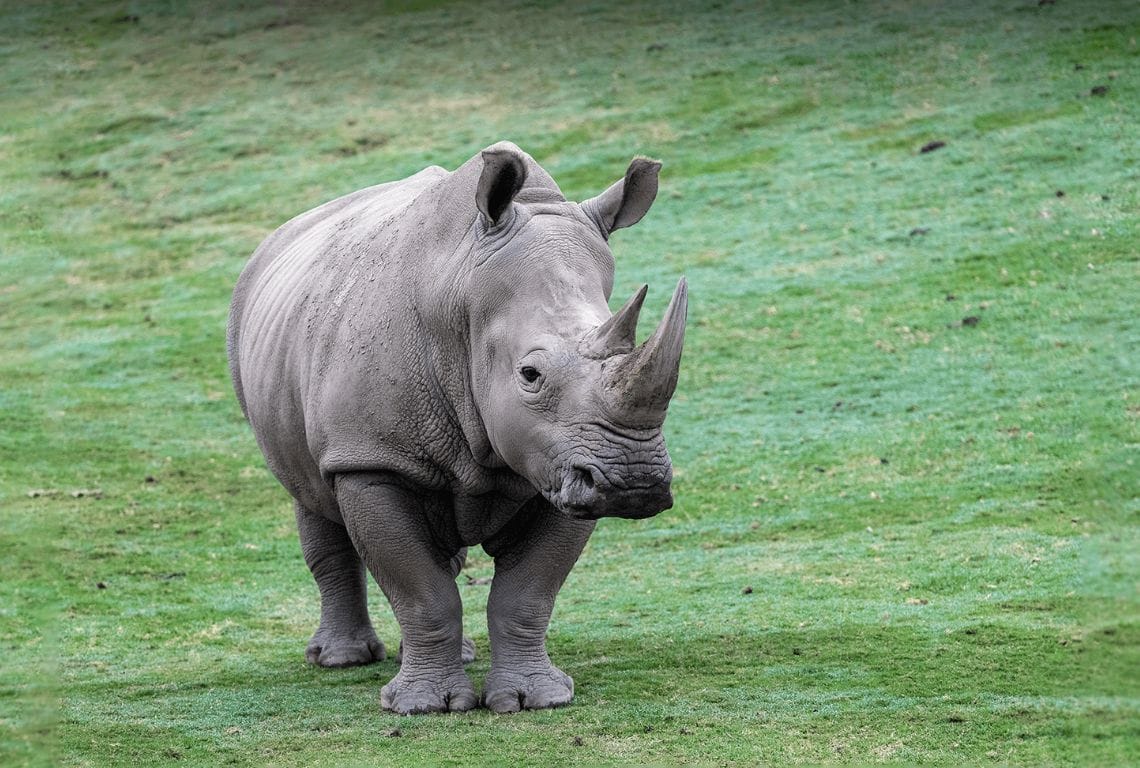
Rhino

Orangutan
The two kinds of orangutan – the Bornean and the Sumatran Orangutan – have both experienced sharp declines in populations. A century ago there were probably more than 230,000 orangutans in total, but the Bornean orangutan is now estimated at about 104,700 based on updated geographic range and the Sumatran about 13,846. They are primarily threatened by habitat loss from human-caused deforestation for palm oil.

Gorilla
Três em cada quatro estão criticamente em perigo na Lista Vermelha de Espécies Ameaçadas da IUCN. O único que não é é o Gorila da Montanha, uma subespécie do Gorila Oriental, que é considerado Ameaçado de Extinção. Existem apenas cerca de 200-300 adultos Cross River Gorillas na natureza. Como muitos animais ameaçados de extinção, seu declínio é principalmente devido à caça furtiva, perda de habitat, doenças e conflitos humanos.

Sunda Tiger
With fewer than 3,900 tigers remaining in the wild, they exist in only 4% of their historic range. Sunda tigers in particular are especially vulnerable. With numbers estimated to be at fewer than 400 today, accelerating deforestation and rampant poaching mean it could end up extinct like its Javan and Balinese counterparts. Despite increased efforts in tiger conservation – including strengthening law enforcement and anti poaching capacity – a substantial market remains in Sumatra and other parts of Asia for tiger parts and products.

Turtle
Hawksbill Turtles and Kemps Ridley Turtles, while Leatherback sea turtles are classified as vulnerable, though the population is decreasing and several subpopulations are facing extinction. Hunting is one of the biggest threats to sea turtles, with poachers targeting their eggs, shells, meat and skin. They are also at risk from habitat loss, bycatch and pollution as well as climate change. Sand temperature determines the sex of hatchlings with eggs developing as females in warmer temperatures. That means even small temperature changes could skew the sex ratio of populations.
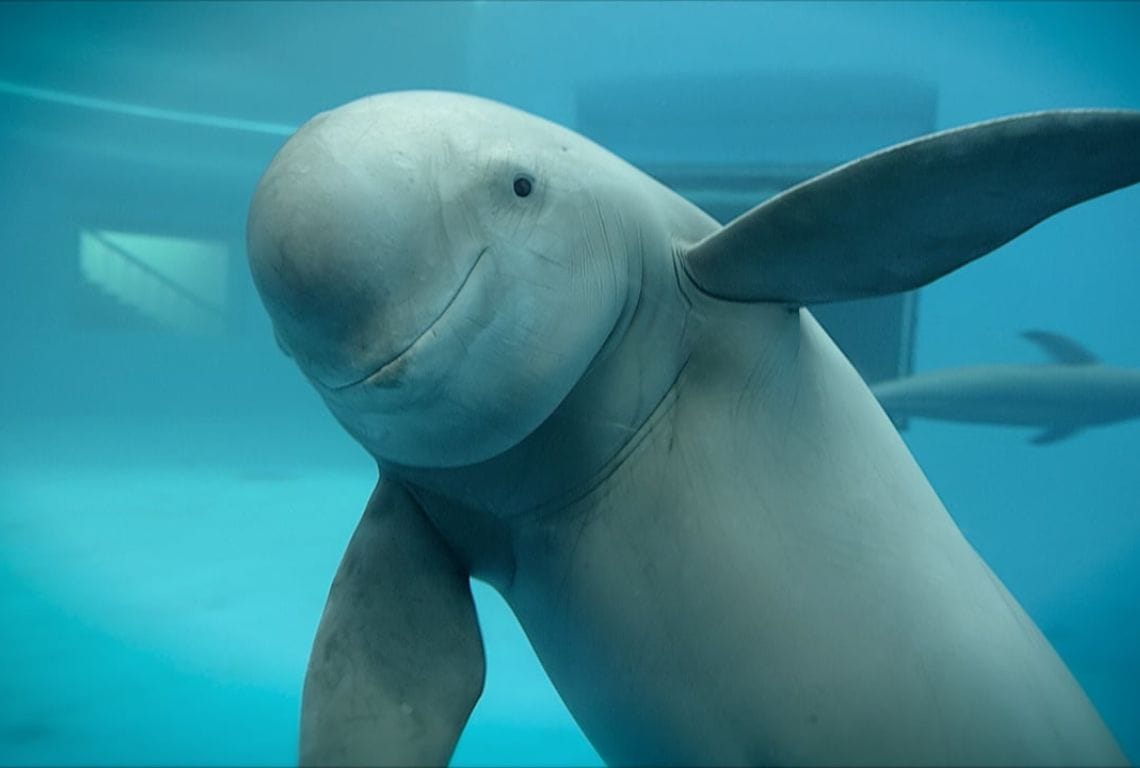
Yangtze Finless Porpoise
Unfortunately, they are vulnerable to fishing; even though they are not directly targeted by fishermen, large numbers of the species die when they become accidentally entangled in fishing gear. The waters they live in are also constantly busy with fishermen and people using the waterways to move around, so they get injured and killed by boats and ships. Additionally, their waters are also affected by high levels of toxic pollutants. There are between 1,000 and 1,800 finless porpoises left in the Yangtze. The annual decline rate of 13% means these animals are expected to become extinct within 10 years if there are no effective conservation actions in place.
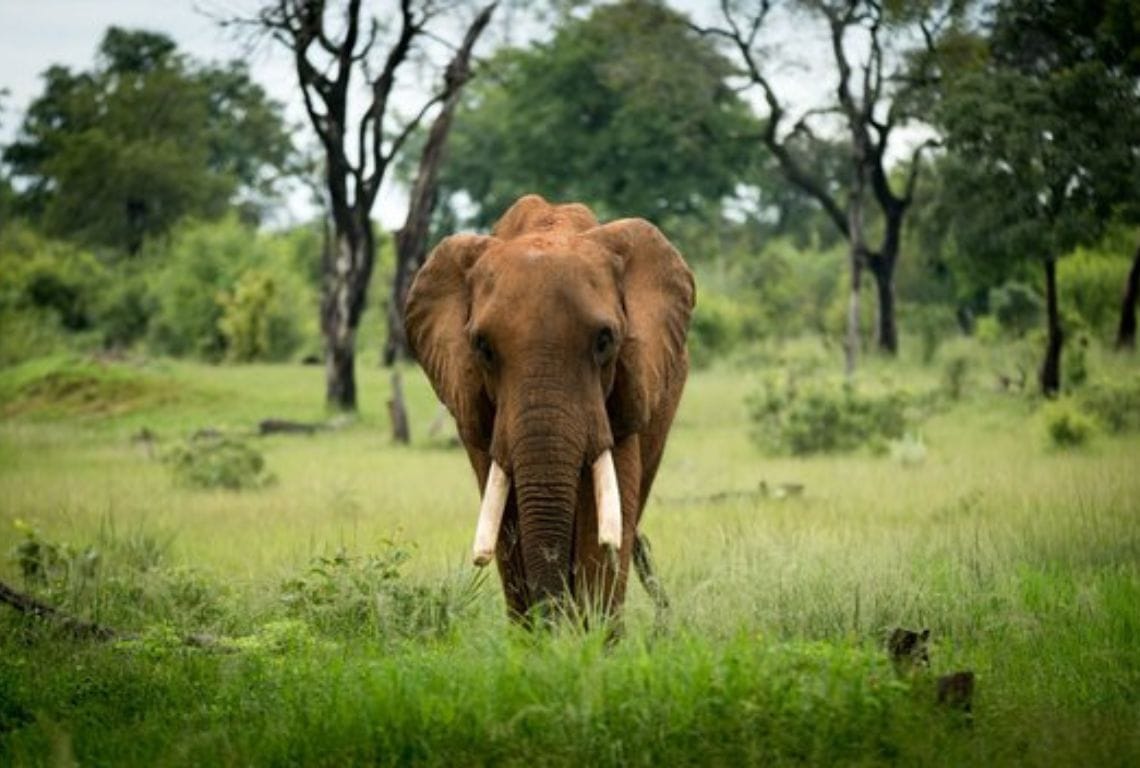
Elephant
Enquanto algumas populações de elefantes africanos estão aumentando, principalmente na África Austral, os números continuam a cair em outras áreas, particularmente na África Central e em partes da África Oriental. Com uma estimativa de 415.000 elefantes restantes no continente, a espécie é considerada vulnerável, embora certas populações estejam sendo caçadas em direção à extinção. O número de elefantes asiáticos caiu pelo menos 50% nas últimas três gerações e ainda está em declínio hoje. Com apenas 40.000-50.000 restantes na natureza, a espécie é classificada como ameaçada de extinção. No entanto, a espécie com maior risco é o elefante de Sumatra, com uma população de cerca de 2.400-2.800 indivíduos.
Fonte: earth.org
More News
Secrets of the Amazon Rainforest
I Am Amazon
Caniço Fishing in the Amazon Rainforest
The battle for the Amazon's future - BBC News
Fighting to protect the Amazon
In search of the Amazon’s tallest tree
Inside the Amazon Rainforest
Guardians of the Amazon
Bioplastic Records Promise to Decarbonize Music Business
Nothing like good old vinyl. We can’t agree more, but now we have great news. A sugar-based alternative to vinyl can help the music industry become more sustainable.
According to UK-based Evolution Music, the bioplastic they’ve been developing can be used to create records.
Reuters reports that Their aim is to persuade labels and artists to stop using plastic while keeping the existing pressing plant machinery and processes.
The first reactions are positive and it seems recording artists will be keen to switch to bioplastic.
A co-founder of Music Declares Emergency (MDE), Lewis Jamieson, says that the production of vinyl is toxic in many ways but people still love vinyl. The only solution is a non-toxic alternative that feels and sounds the same.
MDE is a music industry climate action campaign group that started as a declaration by nearly 3,000 artists ranging from grindcore to solo cellists.
Fonte: greencitizen.com
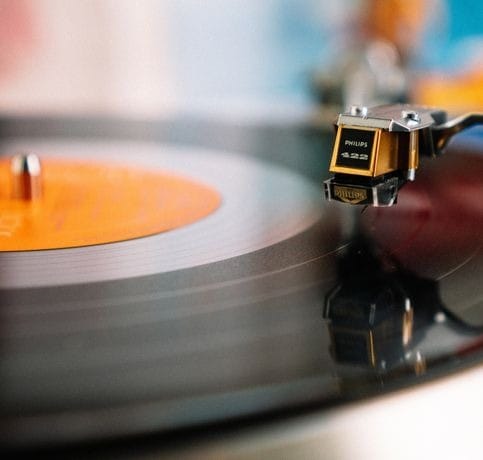

Uber Will Exclusively Offer Electric Vehicles from 2030
Uber, the ride-sharing platform, announced plans to only have electric vehicles by 2030. This will mean a change for their drivers, as those without electric vehicles won’t be able to work for them.
According to Treehugger, this goal stands for the US, Canada, and Europe. The company is already finding ways for its users to ask for electric vehicles. Uber is offering Comfort Electric service in 24 cities in the US and Vancouver, Canada.
Currently, Uber has 25,000 electric vehicles, but they plan to double this number to 50,000 by next year. The company wants to become a zero-emission platform, so it will invest $800 million in helping drivers transition to EV vehicles by 2025.
Moreover, Uber is giving drivers a dollar for each EV trip they take. They also partnered with Hertz to rent Tesla EVs for their drivers in multiple cities across the US.
Fonte: greencitizen.com
Could Paint Really Be A Solution For Carbon Capture?

A college graduate by the name of Kukbong Kim has come up with an incredible new formula for indoor and outdoor paint made of recycled concrete. The amazing thing about this new paint is that it actually has two major benefits for the environment. Firstly, it uses discarded concrete from the construction industry, which otherwise would end up at a landfill site. This has negative effects on soil pH levels, making them a lot more alkaline and limiting the ability to reclaim landfill sites.
Secondly, the paint is capable of absorbing up to 20% of its weight in CO2. Now imagine if this kind of paint made it onto all the walls and how much that could impact atmospheric CO2 levels. And here’s the interesting thing about this story. If a college graduate can come up with such an idea for paint, what other construction and household materials could be coming our way that will achieve the same thing?
“Cement is the most carbon-intensive ingredient in concrete and is responsible for eight per cent of global emissions. But when concrete is recycled, only the aggregate is reused while the cement binder is pulverised to create waste concrete powder and sent to landfill, where it can disturb the pH balance of the surrounding soil.”
What's Hidden Behind 2,124,000 Square Miles of the Unexplored Amazon Forest?
Dances that depict the Amazon
Saire Party
Carimbó Dance
Earth won't wait, neither can we!
